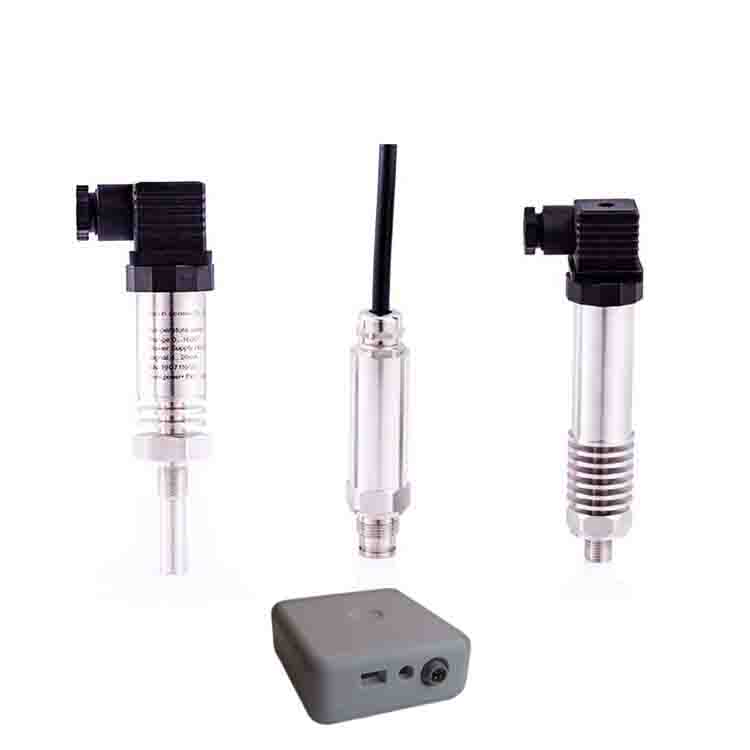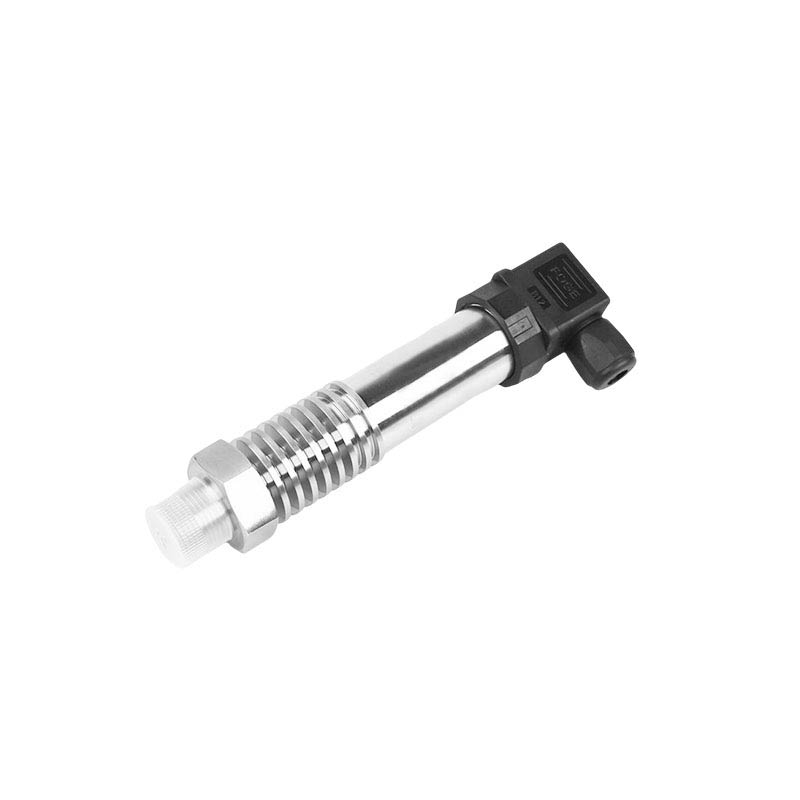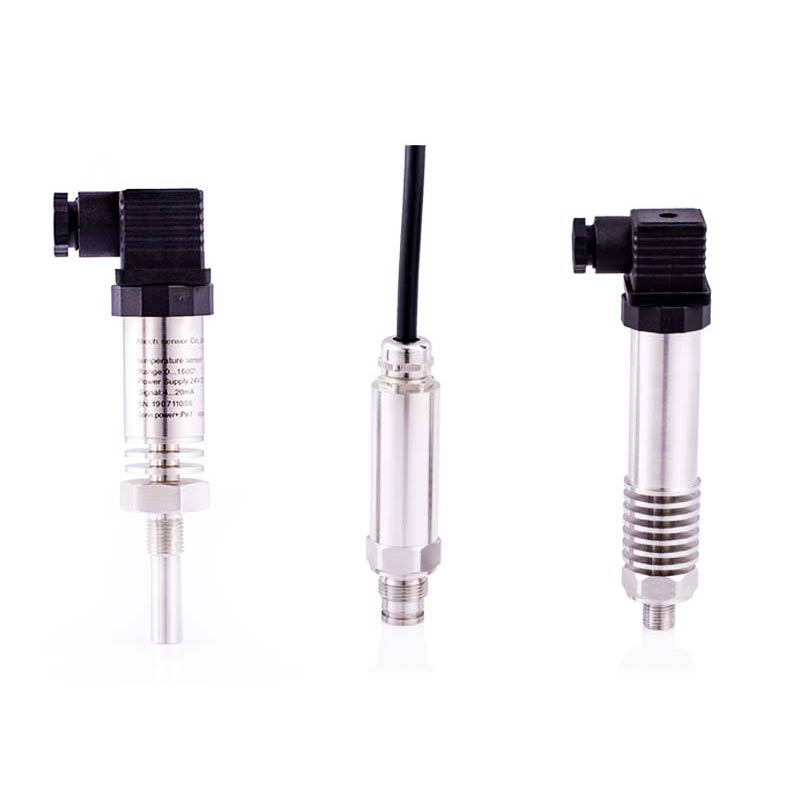1.What is a Wireless Pressure Transmitter?
A is an instrument that converts pressure measurements into an electrical signal, which is then transmitted wirelessly to a receiving device, such as a control system or a monitoring station. These transmitters are typically used in environments where traditional wired sensors would be impractical or costly to install.
2.Key Components
Sensing Element: The heart of the pressure transmitter is its sensing element, usually a piezoelectric or capacitive sensor. This sensor detects changes in pressure and converts them into a measurable electrical signal.
Signal Conditioning Circuit: The raw signal from the sensing element often requires conditioning to enhance its quality. This circuit amplifies the signal, filters noise, and converts it to a standard output format, such as 4-20 mA or digital signals.
Wireless Communication Module: This component transmits the conditioned signal to a receiver. Technologies used for wireless communication can include radio frequency (RF), Bluetooth, Zigbee, or Wi-Fi, depending on the application requirements and range.
Power Supply:can be powered by batteries, solar panels, or other energy-harvesting technologies, allowing them to be installed in remote locations without the need for electrical wiring.
3.Working Principle

3.1. Pressure Measurement
When pressure is applied to the sensing element, it undergoes deformation. For piezoelectric sensors, mechanical stress generates an electrical charge proportional to the pressure. Capacitive sensors, on the other hand, measure changes in capacitance caused by pressure-induced deformation of a diaphragm.
3.2. Signal Conditioning
The output from the sensing element is typically weak and requires amplification. The signal conditioning circuit processes this signal, ensuring it is stable and accurate. This includes filtering out any noise that may interfere with the measurement.
3.3. Data Transmission
Once the signal is conditioned, the wireless communication module converts the signal into a format suitable for transmission. It encodes the data and sends it via radio waves to a designated receiver, often located several meters away. The choice of communication protocol affects the range, power consumption, and data rate of the transmitter.
3.4. Data Reception and Processing
The receiving device collects the transmitted data and processes it to display the pressure readings. This data can be monitored in real-time, logged for historical analysis, or used to trigger alarms or automated responses in a control system.

4.Advantages of Wireless Pressure Transmitters
Flexibility: They can be deployed in hard-to-reach areas without the constraints of wiring.
Cost-Effectiveness: Reduces installation costs associated with cabling and infrastructure.
Easy Maintenance: Wireless systems can be easier to troubleshoot and maintain, as they often allow for remote diagnostics.
5.Applications
Wireless pressure transmitters are commonly used in various sectors, including:
Oil and Gas: Monitoring well pressure and pipeline integrity.
Water Treatment: Tracking pressure in treatment plants and distribution systems.
Manufacturing: Ensuring process pressure is maintained in production lines.

6.Conclusion
Wireless pressure transmitters play a vital role in modern industrial automation and monitoring systems. By understanding their working principles, users can better appreciate their functionality, leading to enhanced application and maintenance practices. As technology advances, the capabilities and reliability of these devices continue to improve, paving the way for more efficient and streamlined operations across various industries.

